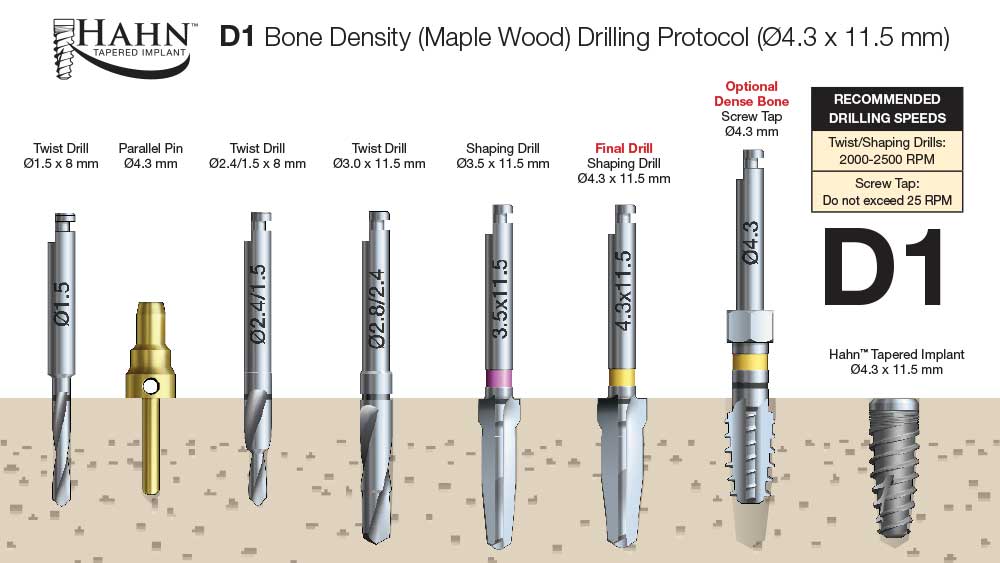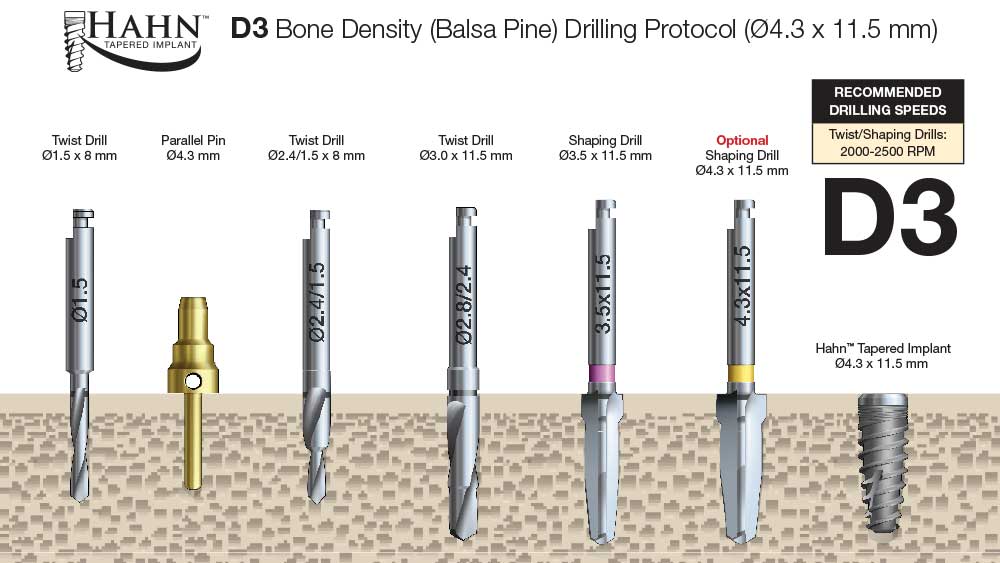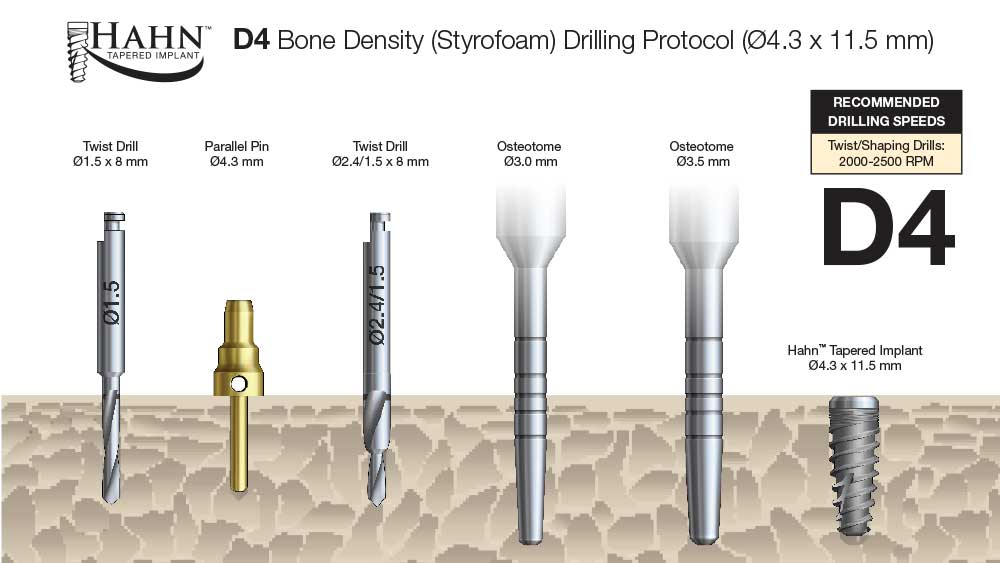Letters

We encourage your feedback and look forward to answering your questions about our articles.
Dear Dr. Kosinski,
I recently attended your implant course at the Glidewell International Technology Center in Irvine, California. I am getting ready to place my second and third Hahn™ Tapered Implants (Glidewell Direct; Irvine, Calif.) next week, and I have some questions.
One implant will be in D1 bone density and the other in D4. Will I need to use the drill tap for the D1 bone type? My biggest concern is the D4 bone. How well do Hahn implants integrate into this type of bone? Do you lay a flap or use a punch technique?
There are no bony defects, but should I still add some bone grafting material prior to implant placement? If so, how should I go about doing that, and what type of bone grafting material should I use?
Thanks in advance for your help.
Fred Bailey, DDS
Kansas City, Missouri

Dear Dr. Bailey,
Thank you for attending my course at the Glidewell International Technology Center. I am pleased that you are well on your way to placing more Hahn implants.
When creating the osteotomy in dense bone, you will often need to use the screw tap. For less dense bone (D3 or D4), I will often create an undersized osteotomy by using a drill diameter that is one size smaller than the prescribed implant. The Hahn implant will serve you well in D4 bone density because the thread design is aggressive enough to move the maxillary bone. The Misch Institute has developed some modifications of the drilling protocol to optimize stability in different bone densities. Please see the graphic below for their recommendations.
For digitally guided cases with adequate attached tissue, a tissue punch can be used. Otherwise, I suggest reflecting the tissue using the “envelope” design. Limit vertical incisions and do not incise into the mucosa if possible.
If you find that the quality of bone is too hard to passively place the implant, back it out and either try again or tap the osteotomy. Also, do not place the implants at any torque over 55 Ncm.
For bone grafting techniques and materials, refer to Dr. Randolph Resnik’s article in Vol. 12, Issue 3, of Chairside® magazine, “Bone Substitutes in Oral Implantology,” where he discusses the many available options.
I hope this helps.
Timothy F. Kosinski, DDS, MAGD




Bone density-specific drilling protocols for the Hahn implant system, developed by the Misch Institute.


